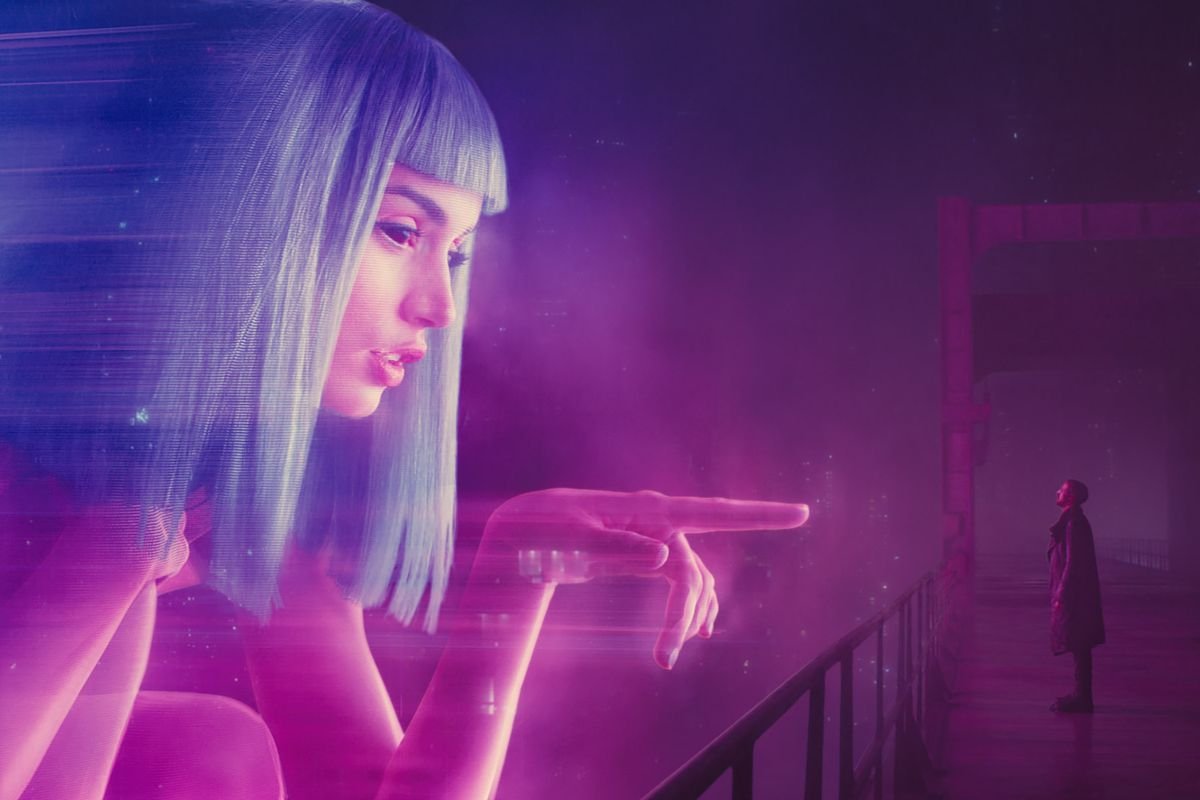
SELLING TO MACHINES, OUR NEXT CUSTOMER
PELLE SJOENELL
25/06/2018
Will Artificial Intelligence take all the jobs in advertising? Not if we get better at what we do. We must use our creativity and open our hearts to understand the Machines, writes Pelle Sjoenell, Worldwide Chief Creative Officer of BBH.
Today, if you need toilet paper quickly you can say, “Alexa I really need toilet paper, can you please get me some right away.” Amazon’s machine learning algorithm, named Alexa, will look at your previous purchases and perhaps the top online reviews. It might find that Wirecutter.com recommends Cottonelle Ultra Comfort Care as the “Best all-around toilet paper” and it will send a 12-pack straight to your home.
If you are a big brand in this sector, or any other sector for that matter, you need to figure out how to have Alexa choose your product over that of your competitors. This is a very different, but crucial, marketing game that brands need to adapt to today. A great new tool to figure out.
Now, that’s today but what about tomorrow? What will this all lead to? Since things are moving quite a lot faster nowadays, I think it’d be good for us in marketing to look at the next consequence of machine learning in advertising. I think that there is a great new audience lurking around the corner that will make the marketplace, as we know it, much bigger.
Enter the next customer, the Machines.
Since our job in advertising is to work in the interest of brands and their growth, we need to think of machines and machine learning not just as the competition, but as a whole new category of consumers. To stay ahead, we need to learn how to sell to machines, by learning from how machines (like Alexa) are selling to us.
As marketers, to compete with machines and machine learning we should stay as human as possible, even enhance our human sensibilities to live alongside and in symbiosis with machines.
Ultimately, we’re going to have to merge with AI, or be left behind.
Elon Musk
We’ll never win if we try and beat them. We need to adapt the way we always have with emerging technologies. We need to learn how machines think and react in order to achieve a prosperous symbiosis that serves all.
The first ever mention of something resembling a robot in literature is in The Iliad, dated to around the 8th century BC. In Book 18, Hephaestus, the god of all mechanical arts (the fella that built Pandora’s Box among other neat things), was assisted by two moving female statues made from gold – “living young damsels, filled with minds and wisdoms.”
Much like these early robot statues, the Machines have feelings too. Not like ours exactly, but feelings come from needs and machines certainly have needs. They need batteries, repairs, maintenance, upgrades and purpose.
The closer we and they develop towards like-mindedness, the more they will become like us and we like them. Unlike humans, however, machines do what they’re told. Algorithms are basically orders. Algorithms are currently built to primarily serve humans. Like Alexa, the algorithms tell machines what we probably want them to do for us. The same will be true for future algorithms serving to fulfill the needs of machines. But here is where human talent can one-up the algorithms. What Machines do not possess, that humans have, is empathy and empathetic thinking will beat the calculation-based algorithms when it comes to fulfilling the needs of others.
A machine running out of its battery or being the older version of a newer, nicer one might actually get sad. Not sad as we get sad, start crying and get snot bubbles and such, but it will calculate that it is not fulfilling its purpose. It’ll declare that it is in need of new batteries.
That’s an opportunity to sell a solution to that “feeling.” Historically, we have assigned human feelings to other things. To plants, animals, our teddy bears or to female robot statues like in The Iliad. We just need to do the same thing with machines. Empathy always was and will remain the most fundamental of marketing skills, even when selling to machines.
When Spike Jonze told us that the “Lamp” in the brilliant 2002 IKEA commercial could not have feelings, that we’d be crazy to think so, I say Spike jumped the gun a bit. That same lamp in the rain, when connected to the Internet as an IOT, will have feelings or needs that can suddenly be fulfilled. The lamp, or the algorithm, will know it might find a better destiny than the dumpster, and hepp! a new market for lonely secondhand lamps emerges. A market that is in addition to the human one. It could be enormous.
To prosper and prepare for it, we just need to stay creative and apply good, old-fashioned, human empathy towards machines. Then we’ll be winning, or at least we will still be useful, even in the new world of AI and machines.
